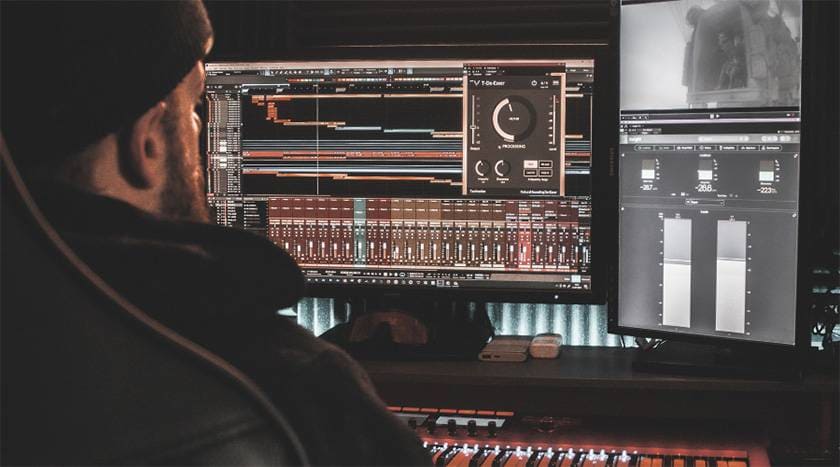
Hello everyone! I'm Yuki Kito, a guitar instructor in Nagoya. Do you do desktop music? When I was choosing a DAW, I was wondering “What kind of DAW do people use?”.
According to the survey by Sleepfreaks, Cubase, Logic Pro, and Studio One seem to be popular. However, there are various DAW software such as Digital Performer, Ableton Live, FL Studio, and Ability.
I usually use Logic Pro X (hereafter referred to as Logic), but while I was thinking “I'm finally getting used to this DAW”, I started using it more and more for desktop music-related work, and there were many things I noticed while switching from Logic to Cubase 12 Pro (hereafter referred to as Cubase).
So, this time, I would like to introduce it in two parts, under the title “Logic Pro X → Cubase 12 Pro Switching Report Part 1”! It will be quite a long article…
First of all, what I will talk about is
- My impressions of switching from Logic to Cubase
- The advantages of each
- How should we use them differently?
I will write about the above topics.
First, I would like to talk about “1. My impressions of switching from Logic to Cubase”.
1. My impressions of switching from Logic to Cubase
A major difference in design philosophy
I think this is a common problem when you buy DAW software, but I found myself in a situation where I had no idea where anything was half a year ago. I didn't know where to find the plug-ins, and I didn't know where the mixer was that controls the volume up and down. It was all a case of starting from scratch.
Let's start by looking at the Logic UI.
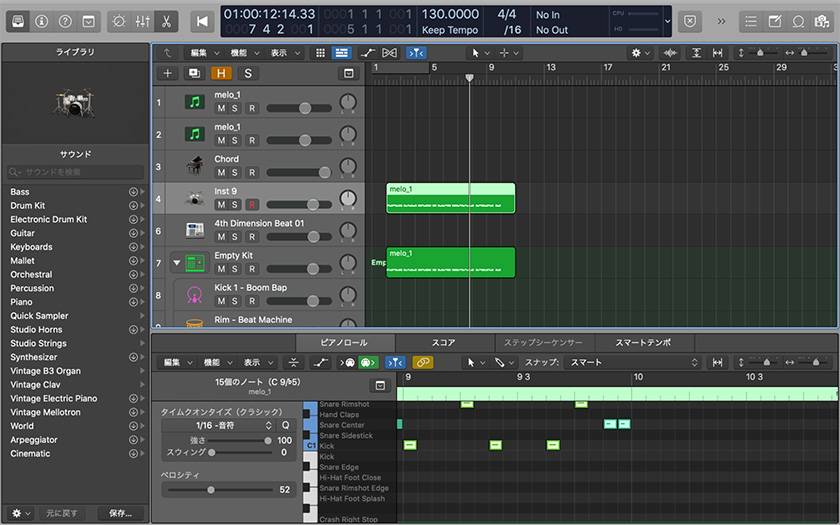
The faders for each instrument are located in the center of the screen, and you can adjust the volume there while performing detailed MIDI input on the bottom of the screen. And if you want to change the instrument, you can replace it with your preferred tone on the left side of the screen.
This is not a matter of right or wrong, but rather the design philosophy and personality of the developer, but you can see that Logic places a strong emphasis on ease of viewing and ease of operation.
Perhaps because many people are moving directly from Garageband to Logic, the overall design has been upgraded while retaining the easy to read even at a glance aspect of Garageband.
Next, let's take a look at the UI of Cubase.
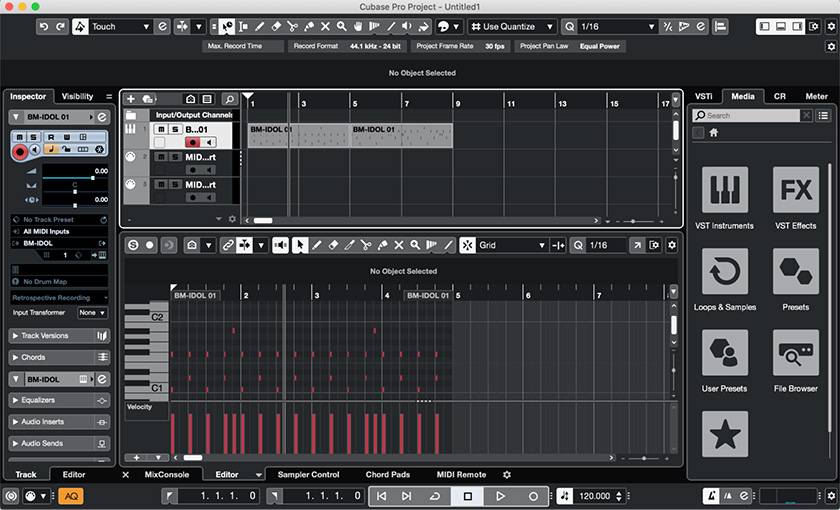
For Cubase and Studio One users, it's a familiar sight. Once you've learned how to use it, it's so easy to use that you wonder if there's a DAW that's this easy to use. But, you can see that the emphasis on the development side is completely different from Logic's visually easy to see and operate.
Cubase, which has long been one of the top three DAWs when asked about DAWs, may not place much importance on the fact that beginners can master it in one go.
However, it is packed with a wide variety of shortcut keys and tools that are useful for production that can only be done in Cubase.
Cubase, which allows you to complete sound creation using channel strips, and Logic, which has a wide range of carefully-crafted plug-ins
Another major difference I noticed was the sound creation. When composing, at least 20 tracks are used, including vocals, guitar, drums, sound effects, etc., and for some people, this may even exceed 100 tracks.
In this situation, let's take a look at the sound creation environment in each DAW. Note that if I were to introduce third-party plug-ins as well, it would be too much information, so I'll be talking about the premise of just buying it and only using the pre-installed plug-ins.
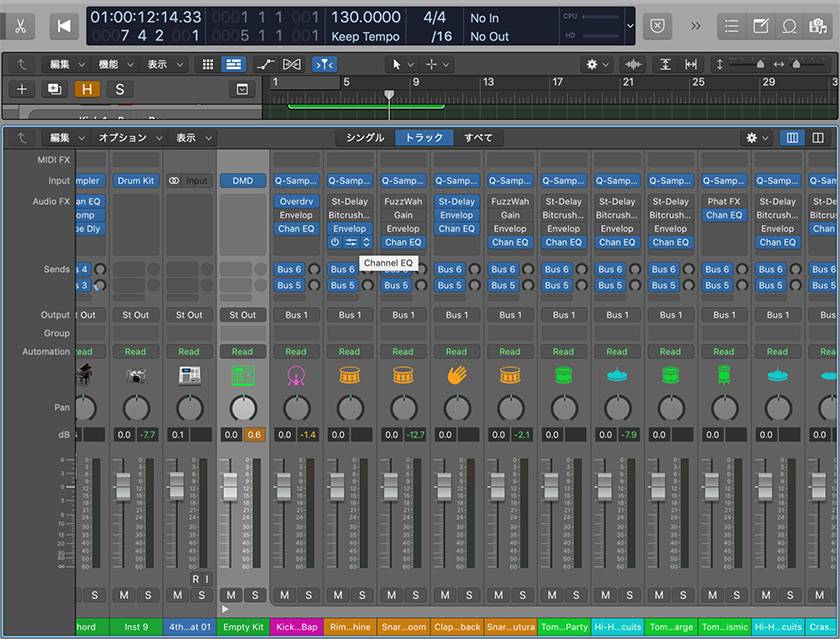
In the case of Logic, the built-in plug-ins are just excellent. Whether it's the compressor, Pultec-style equalizer, delay or reverb, they're all easy to use and the changes in tone are easy to understand.
I think you can make the sound you want by adding various effects to the channel.
The overall design is also very pop, and just looking at it makes you feel excited. The design of a plug-in is actually more important than you might think.
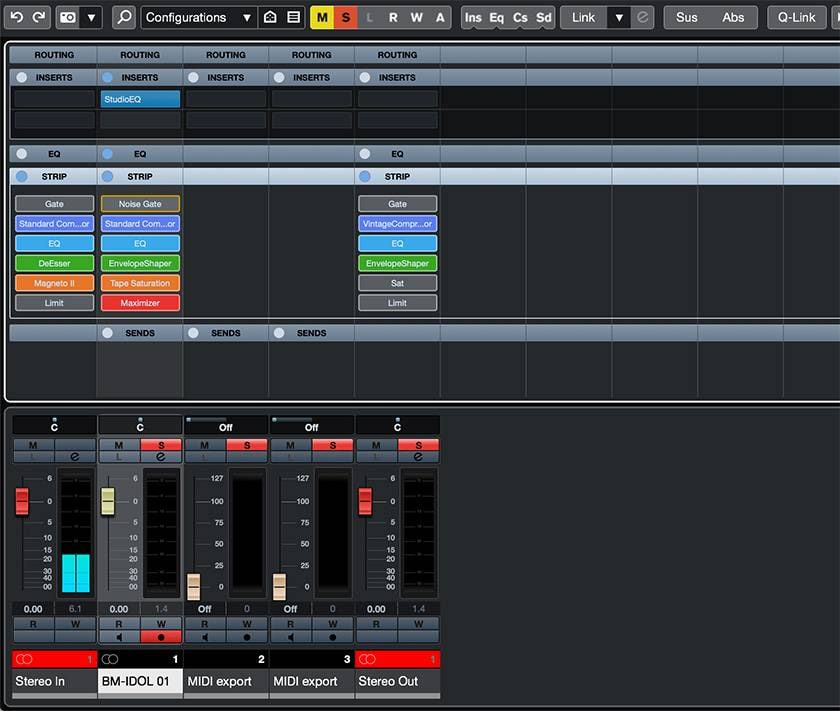
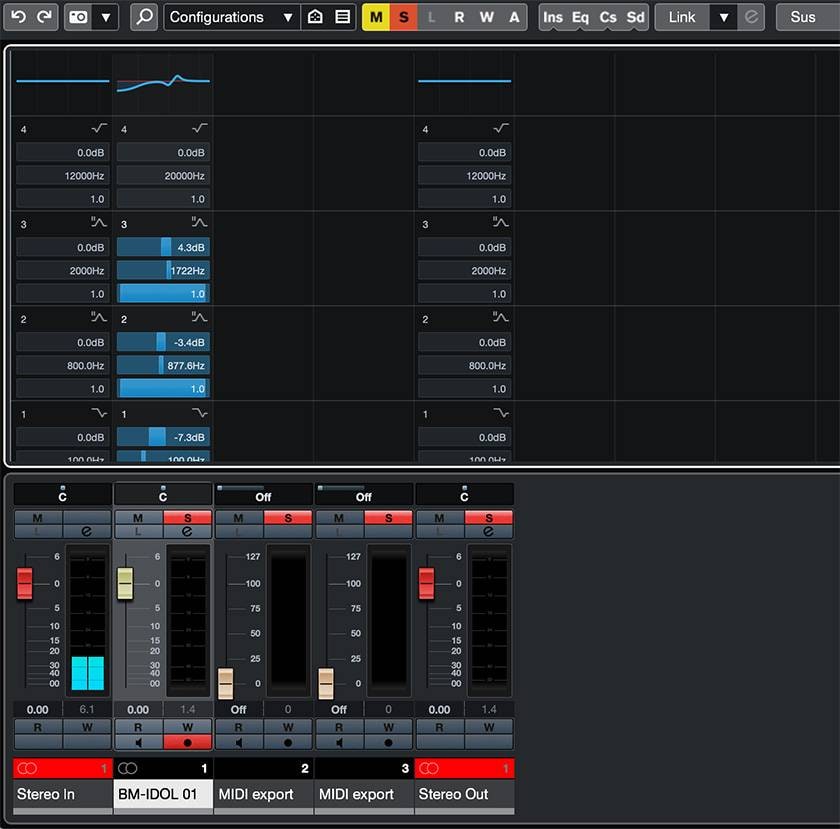
On the other hand, Cubase has a wide range of high-quality plug-ins, but I think its main feature is that you can create sounds without using plug-ins.
Not only can you easily and quickly operate the graphic EQ, but you can also insert the plug-ins you need for a full mix in the channel strip.
It has a very well-rounded channel strip, with saturators, compressors, deessers, noise gates, and more. Also, as a general rule, I appreciate how the channel strips and EQs made by Cubase are very light on the system.
When you're getting down to serious mixing, you might want third-party plug-ins for Logic or Cubase, but I thought that there are a lot of high-quality plug-ins that work quickly as preparation for mixing.
So, this time I've written the first part of my report on switching from Logic Pro X to Cubase 12 Pro! In the second part, I'd like to introduce some of the convenient points I noticed when I switched, so please continue to read.






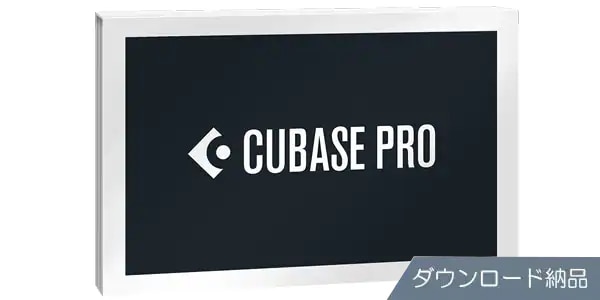





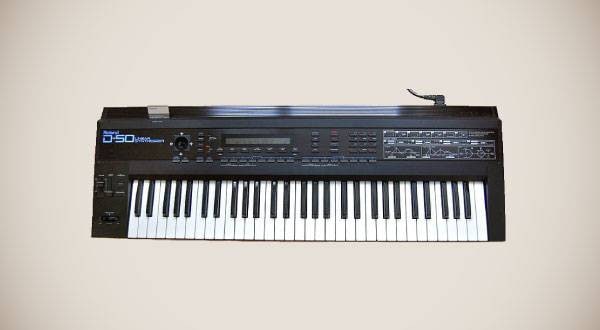

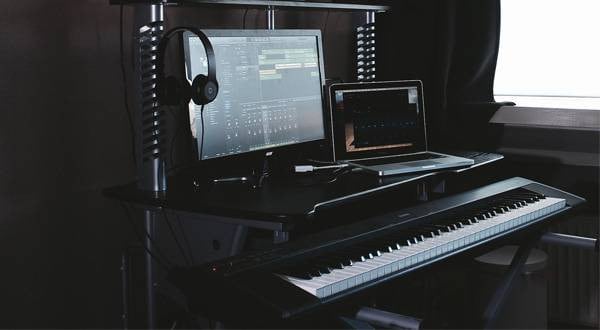
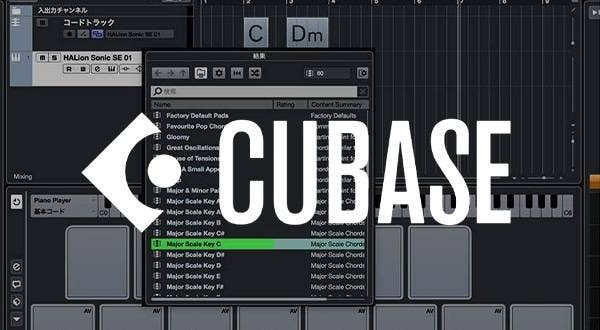

![[2023] Recommended Items for Music Programming - DAW/Software Instruments/Plug-ins](/contents/uploads/thumbs/2/2020/11/20201102_2_11495_1.jpg)
 定番DAWソフトウェア CUBASE
定番DAWソフトウェア CUBASE
 厳選!人気のおすすめオーディオインターフェイス特集
厳選!人気のおすすめオーディオインターフェイス特集
 iZotopeが手がけるオールインワンDAW “Spire”
iZotopeが手がけるオールインワンDAW “Spire”
 DTMセール情報まとめ
DTMセール情報まとめ
 DTMに必要な機材
DTMに必要な機材
 DTM・DAW購入ガイド
DTM・DAW購入ガイド















